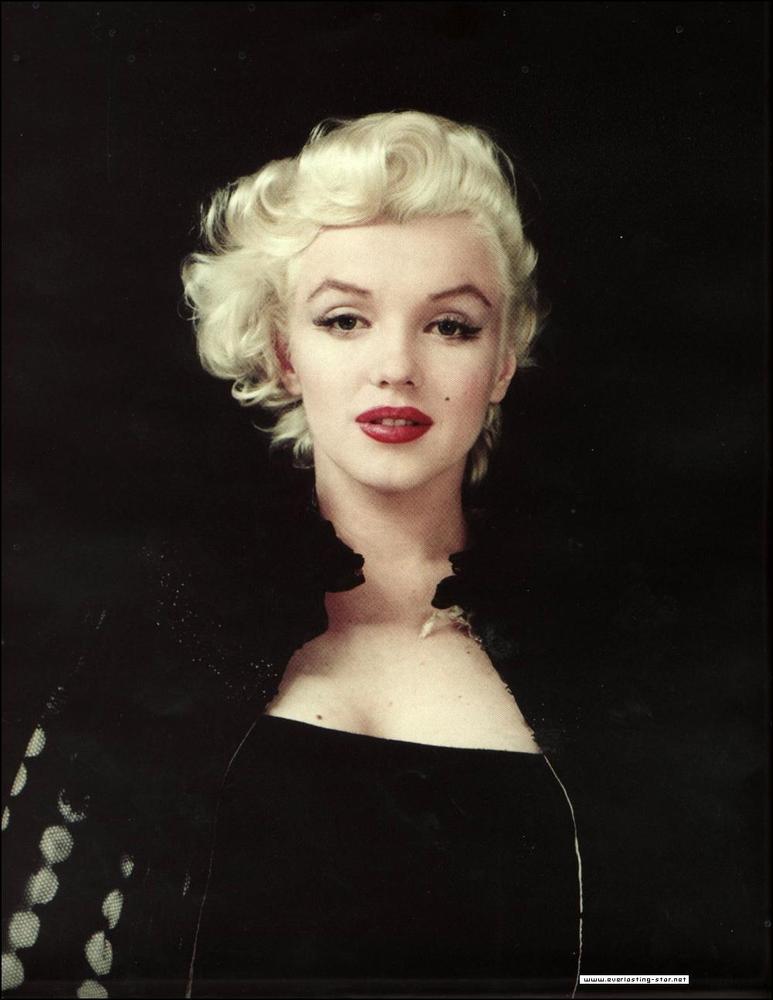In 1950, a young actress named Marilyn Monroe stood at the edge of cinematic immortality. While the world had yet to fully awaken to her presence, the early signs of her magnetism were unmistakable. After years of modeling and playing bit parts throughout the late 1940s, Monroe was finally stepping into a spotlight that seemed destined for her alone.

This was the year her transformation began—from a girl with ambition to a woman on the brink of becoming a global icon. With her breathy voice, luminous beauty, and an uncanny ability to mix innocence with seduction, Monroe quickly caught the eye of studios, critics, and audiences alike. But she was far more than the emerging blonde bombshell that Hollywood wanted to mold. Beneath the surface, there was a performer fine-tuning her craft, learning to hold both a scene and a secret in the same breath.

In films like The Asphalt Jungle and All About Eve, Monroe didn’t yet have the marquee roles—but she made every moment count. She didn’t just appear onscreen; she hinted at a storm beneath the gloss, a kind of emotional tension that made her both relatable and impossible to forget. These early glimpses of brilliance were subtle but seismic. Hollywood was beginning to realize she wasn’t just another pretty face—she was a phenomenon in the making.

Monroe’s appeal went beyond conventional glamour. She reflected the complexities of postwar femininity: part fantasy, part vulnerability, part rebellion. She embodied contradictions—softness and strength, naïveté and savvy—that spoke to a culture in transition. Women saw in her both the danger of being underestimated and the power of being unforgettable.

By the time she took on iconic roles in Gentlemen Prefer Blondes (1953) and Some Like It Hot (1959), Monroe had already reshaped the archetype of the leading lady. But it all began in 1950, in those first sparks of something singular—an alchemy of beauty, ambition, and resilience.

Today, more than seven decades later, the world still studies her smile, her sadness, her silhouette. But to understand Marilyn Monroe’s enduring power, one must go back to the moment before the myth—when Norma Jeane dared to become more than what the world expected, and Marilyn quietly began to take flight.